Interview: Zack Snyder On What & Who Got More Screen Time In “Justice League” Synder Cut
An unprecedented time. An unprecedented opportunity. An army of persuasive fans. And one very colourful, newly-shot scene. Director Zack Snyder returns to the DCEU to not just assemble the superheroes but also explore the breadth of their backstories.
In the 4-hour extended “Justice League”, fans will get to see never-before-seen footages including Victor Stone’s mother Elinore, Iris West (Barry Allen’s potential love interest), Lois Lane’s emotional story arc, and more. There are also scenes featuring Deathstroke (Joe Manganiello), Calvin Swanwick/Martian Manhunter (Harry Lennix), and Ryan Choi (Zheng Kai), plus an appearance from New God Darkseid.

In some way, the Covid-19 pandemic played a role in getting the green light for the extended “Justice League”. Deborah Snyder explained, “(When Covid hit) I said, now is the time to do this. Because lot of movies are shutting down. A lot of companies had capacity now, companies that maybe wouldn’t have been able to keep their doors open. It was great to be able to support vendors that we and Warner Bros. had worked with for a long time.”
“The tricky part was figuring out the plan without it leaking. We didn’t want it to get out there before there was an agreement or before we could make our own announcement,” Deborah continued. “A lot of the vendors went out of their way to make this happen, because for them also it was completing a journey. Their work got reimagined and so to be able to put it back to what we originally planned… it was as fulfilling for them as it was for us.”

Thanks to HBO, we’ve got an interview transcript of Zack where the 55-year-old delved into his thought process in completing his passion project. Who’s backstory was important to shine the spotlight on, what new footages did he shoot during the pandemic – all these and more in the interview below:
1. As someone who has not seen the previous version, your concept remains pristine. How would you describe the Justice League story you set out to tell?
Justice League is a story of a group of misfits. They’re superheroes but they’re all kind of wayward, and each of them has a certain skills set needed to save the world. It’s the story of the coming together of those lost souls into a family.
They form a relationship and become partners so that they can do good, save the world, what have you. But in it, they’re able to go through a catharsis with themselves and their own demons — and be better in the end.
2. Have you always been into comic books?
I was always a fan of illustrated media. Growing up, I was a big fan of Heavy Metal Magazine, which is an adult illustrated fantasy magazine that I got a hold of at a very young age… Too young.
It really shaped my aesthetic. So yes, I have been a fan of that way of illustrated storytelling for a long time. It has informed the cinematic language of the way I like to tell stories with pictures as much as possible.

3. Four hours allows for a lot of world-building. What was your process for choosing what gets more focus and screen time?
When we started off, Chris Terrio and I knew there might be other films: there was a Flash film in production with a big role for Cyborg, and the Wonder Woman movie had not come out yet. We worked with the Flash writers and I was deeply involved in the Wonder Woman storyline.
Also, we were planning a 2nd and 3rd Justice League movie where we would be also able to complete the arcs we had fully fleshed out. The idea was to meet Cyborg, who was set to be the heart of this movie. At the time we hadn’t come up with a Cyborg standalone, but that was our plan. So, we did the deepest dive of the movie into Cyborg’s backstory and what makes him tick.
4. There is so much source material, and canon can mean something different to everyone. How did you decide what to mine and what to create?
Chris and I knew where we wanted the story to go. A lot of what I use as canon is more classic and well-established, but we also look to writers we really liked. In addition to Jack Kirby’s classic work on the New Gods, we looked at Grant Morrison’s and Alex Ross’s takes on the Justice League. I like to look at these movies like a comic book writer who’s making a run at a character in a comic book series. A lot of times they’ll do original stuff, come up with a new twist.
That’s how we approach it a lot of time, too. We have our time with these characters, and someone will come along after us, and they’ll have their time — and it will be different. I think that’s really healthy for comics and for mythology, and I hope it continues.

5. Even for superheroes, some of these backstories are unusually lengthy.
In order for the Justice League to have any gravitas, you really have to understand who they were and what made it difficult for them to come together. In the comics, the origin stories of all these heroes are well known. We took a lot from canon. When you introduce a superhero, it’s important to understand what makes him tick, where his powers came from.
Mythologically speaking, those things are often intertwined: your origin stories and where your powers lie. We were very interested in understanding where these characters came from. Then we painted, with a detailed brush, who they are when we meet them to join the Justice League.
6. I know you mostly mined your original footage, but the movie is four hours… What additional scenes did you shoot?
The only new scene is the Batman/Joker scene. The rest of it was the original movie.
7. Wow. So, although most of this was in the editing. Hence, the “Snyder Cut”. The Joker/Batman scene must have required a lot of work, especially trying to pull it off during a pandemic. Was this a completely new idea?
After I realised there would be no more Zack Snyder DC movies, my biggest regret was that there was no Batman/Joker confrontation scene. It’s the key relationship for both of them. They both went through a series of films and never ran into each other. It didn’t make sense to me.
So, I thought maybe I could remedy that. The idea was that we would do it without telling anybody. I talked to Jared and said we’d get him and Ben and shoot it in my backyard…just sneak it into the movie. Then I just wrote the scene and it turned out we could shoot it.

8. When they reference Robin and Harley Quinn, did you see this scene as a way of tying things up or opening things up?
It does open doors, I know. The main notion is that Joker killed Robin. The revelation of the scene is that Harley is dead, and Batman was there at that moment. As well as that somehow Joker has to help Batman fix the world. Which is all part of this post-apocalyptic nightmare reality we were gunning toward in the second and third movies.
9. Martian Manhunter also has a pivotal scene with Batman and anchors an enhanced Lois Lane storyline and. Why give him so much visibility (or invisibility, in the case of Martha Kent)?
Traditionally, in the genre, the coda takes you to the next film or into the next universe. Also, it just ties up what’s happened in the movie in a way. I’ve always been a fan of Martian Manhunter. As a character, he intrigues me. I don’t know what is his reluctance to engage in humanity is all about, but he has all these incredible powers.
For years, I have been thinking about having Swanwick’s alter ego be Martian Manhunter. I really saw him as a springboard. So, we thought: Let’s have Martian Manhunter take on the shape of Martha Kent to get Lois to reengage with the world. And at the end, I’ll bring him back to launch a dark side war. It’s a way to talk about what Bruce Wayne’s role really was. Also, if the Darkseid comes, you’re going to need all hands on deck to face that.

10. Has your vision changed at all between when you were going to make it and when you were finally able to?
I think it’s very close. I’m sure there have been some emotional shifts that have gone on that have put a different prism for the light to shine through. It’s the same story, but there’s more water under the bridge.
11. What are some elements that you’re glad you got to put into this cut?
I love seeing a little bit of a day in the life of Barry Allen. I love the sequence where Flash runs time back, it’s super psychedelic. I think the movie is pretty psychedelic overall. Even just all the stuff with Cyborg inside his mindscape.
I like seeing Bruce starting to turn toward a less dark, calculated character, one that’s inspired by the faith that the world will turn correctly as opposed to a character who believes the world will always turn toward the dark. That’s a big move for Bruce in the movie.
12. The themes of faith really echo in the film. Is that a more recent development?
It has always been there, that notion. Of course, we underline it a little harder now than we have in the past. Moving into the light seemed important for these guys.

13. Out of all the characters in this film/universe, which do you identify with most?
It’s hard to say. I look at the Justice League like they are personality traits of a single being more than individuals. Barry is your humor and boyish charm and naiveté, Bruce is the sort of father figure who is a little bit jaded by the life he has lived, Superman is the best of us. Cyborg is our best self that has been held back. It’s a fun game to play.
(Says Deborah: “For a long time, there wasn’t anyone I could relate to, so it was super important when we were working on BVS to find the right Wonder Woman. Gal embodies all the characteristics and amazing qualities. To bring her to the screen and be a producer on WW was so exciting for me. My daughter and my son will never know that there isn’t this strong woman out there because she is in their world.”)

14. What is it about this project that inspires such a steadfast commitment from the fan community toward something they’ve never even seen?
I think that people want this version of the movie because I take it seriously. And I take it personally. And I love the characters as they do. I feel like that resonates with fans with regards to how they see the DC universe and how they see these characters. And that relationship fuels a lot of the deep dives people take into the Snyderverse version of the DCEU.
15. To be able to tell this story unencumbered, is that freeing or more stressful?
The movie itself is one of those few times I wasn’t making it for anyone, I was just making it. Whether it’s superfans or the uninitiated or whoever watching it. It has nothing to do with it. It’s more like reading someone’s journal than it is reading someone’s novel.
I think that’s part of the unique experience of the film. I’ll be honest. It’s kind of the way I work anyway. I’ve always been slightly embattled throughout my career. I think it makes for good re-watching.
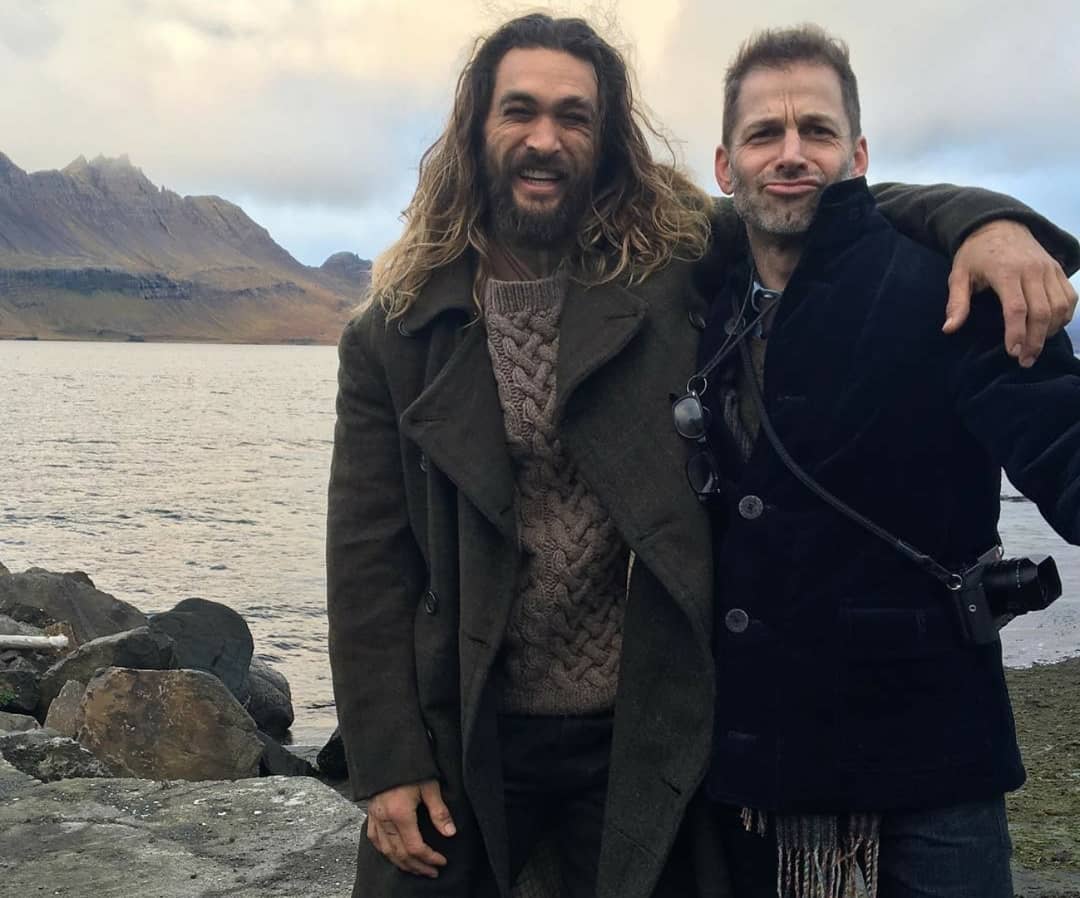
16. Finally, what’s the most fun moment you remember having on set?
When we were shooting Jason (Momoa) on his walk down the jetty, we had built these massive water cannons that fire water at him. BOOM, BOOM, BOOM. It was hilarious because he just had to stand up there and we had no idea what would happen. It wasn’t pleasant but it looked cool, so he was down. He goes: “how many times do I have to do this?” And I go: “I don’t know, a few times.”
I think he thought he had to only do it one time. And it was more like, 30 times. I just remember this one time, we blasted him with water, he literally disappeared. Then the water subsided, and he’s just standing there, like “WOOOOOOOO!”.
Zack Snyder’s “Justice League” premieres on Thursday, 18th March 2021.



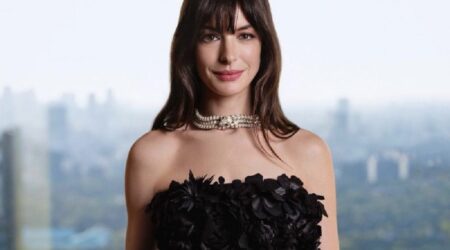
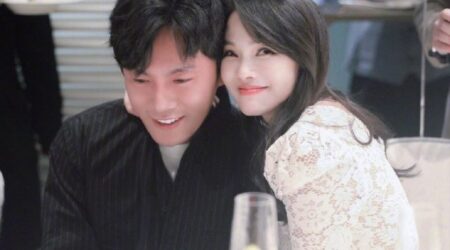
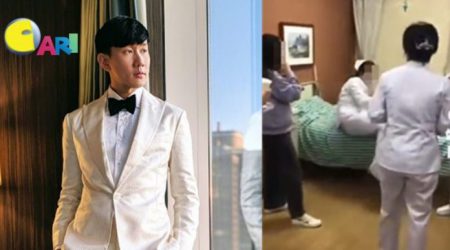

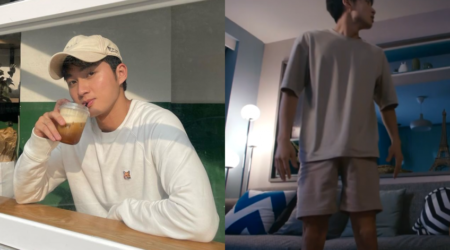
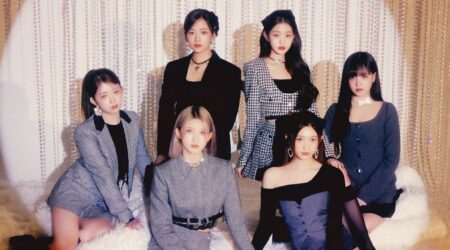
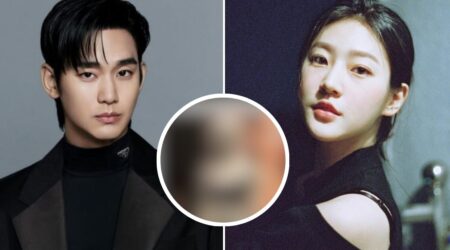
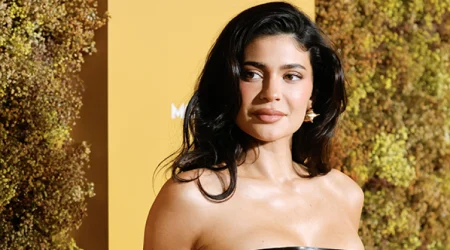
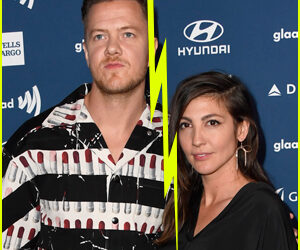
Leave a Reply